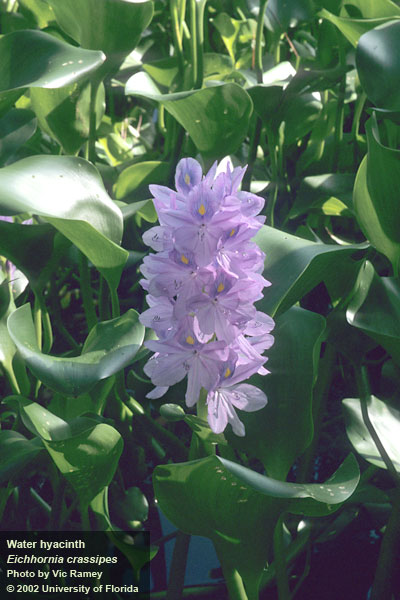by Judy Biss | Sep 28, 2012
Rob Trawick, Jackson County Horticulture Agent Cogongrass (imperata cylindrical), initially, was accidently introduced near Grand Bay, AL in approximately 1911. Seed in packing materials from Japan made its way into the environment. Purposeful expansion followed...
by Doug Mayo | Sep 21, 2012
By: Nicholas S. Dufault, Extension Plant Pathologist, University of Florida This year rainfall returned to most of Florida’s peanut production areas through afternoon showers and tropical systems Debra and Isaac. The increase in moisture created a high disease...
by Mindy Hittle | Aug 31, 2012
Some of Walton County’s perennial peanut producers are experiencing an outbreak of Horsenettles (Solanum carolinense). This pasture weed is also known as love-apple or wild tomato in panhandle Florida, and is toxic to humans and livestock. It is often...
by Doug Mayo | Aug 16, 2012
2012 Cogongrass Treatment Cost-Share Program Sign-up Period: July 31, through August 28, 2012 A Cogongrass Treatment Cost-Share Program is currently being offered to eligible non-industrial private landowners by the Florida Forest Service (FFS) through temporary...
by John Doyle Atkins | Aug 6, 2012
On July 16, I was called to a peanut field in Santa Rosa County. There I met with producer Steven Godwin, and CPS agronomist Greg Esco, to examine an unknown cluster of aphids found in the field they were scouting for lesser cornstalk borer. The scientific jury is...

by Libbie Johnson | Aug 6, 2012
Libbie Johnson UF IFAS Escambia County Extension Northwest Florida can be a pond owner’s paradise. There is usually enough rainfall to keep ponds filled, catfish, bass, and brim are well adapted to the environmental conditions, and there is a long season to catch...

